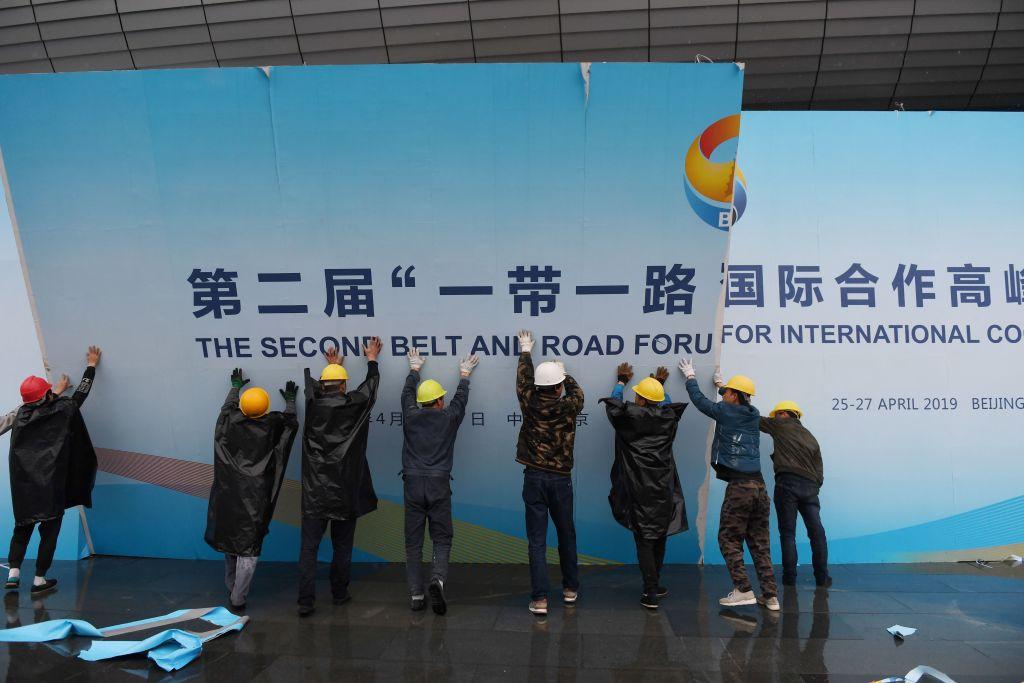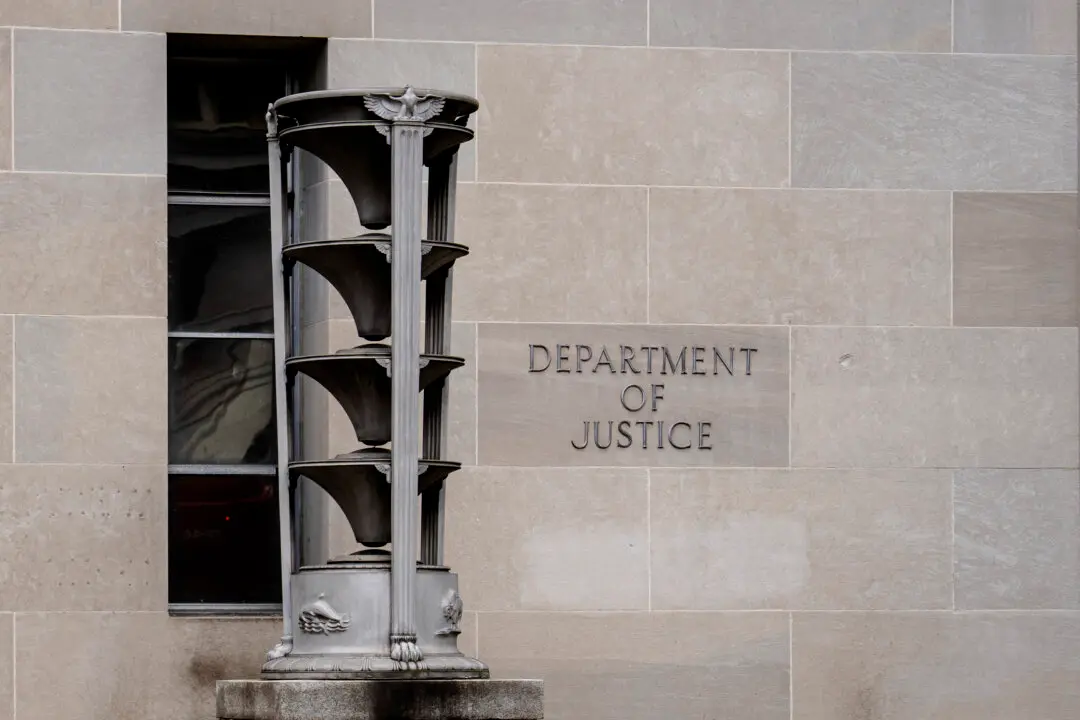The Chinese regime aims to harness its global trade and infrastructure network to build cyber and space projects that could harm the United States and its allies, experts warned at a recent forum.
In recent years, the regime has been aggressively rolling its massive infrastructure investment project, the “One Belt, One Road” initiative (OBOR, also known as Belt and Road Initiative, BRI), with aims to connect the continents of Europe, Africa, and Asia via a network of ports, railways, and roads.





